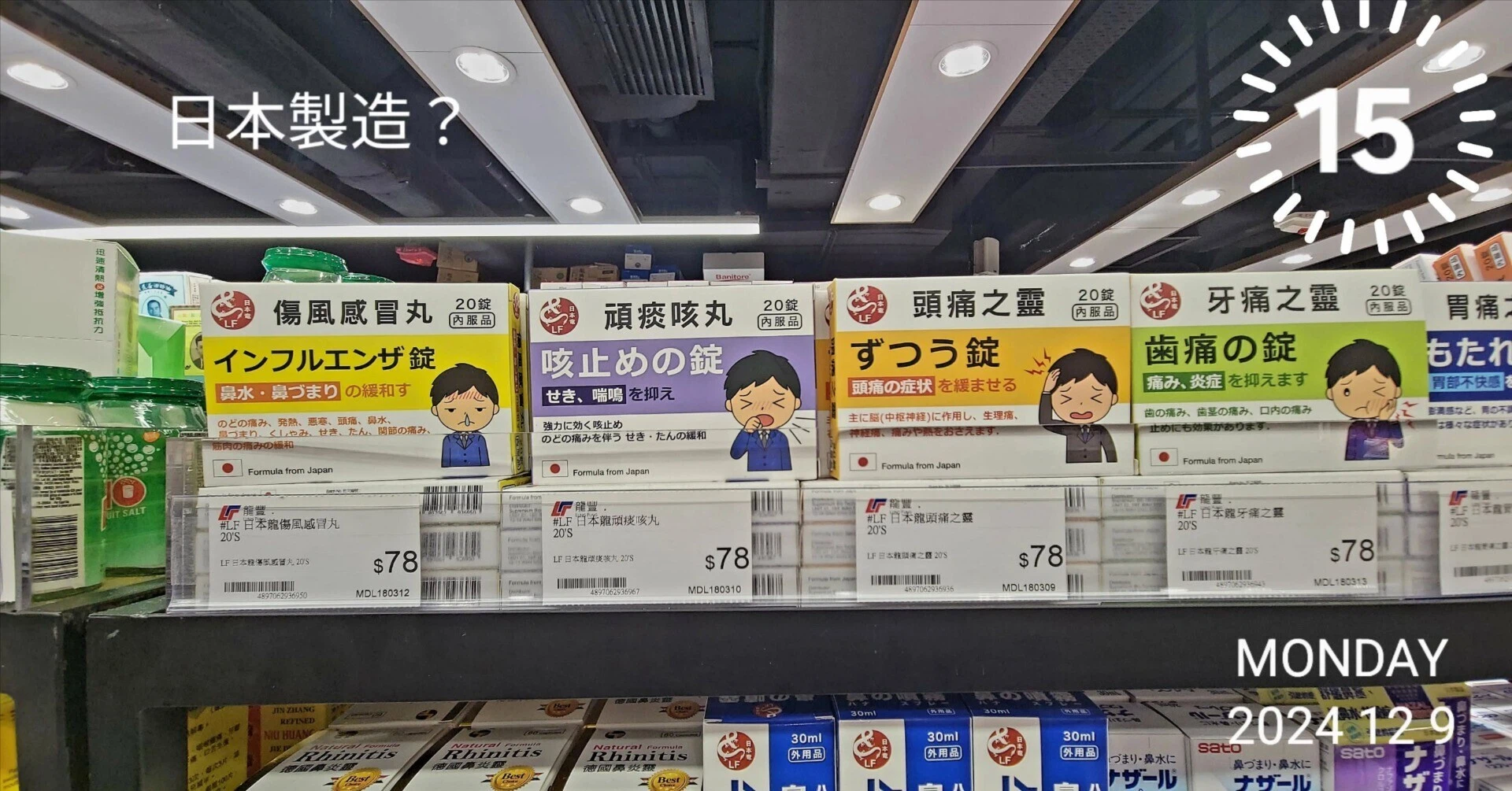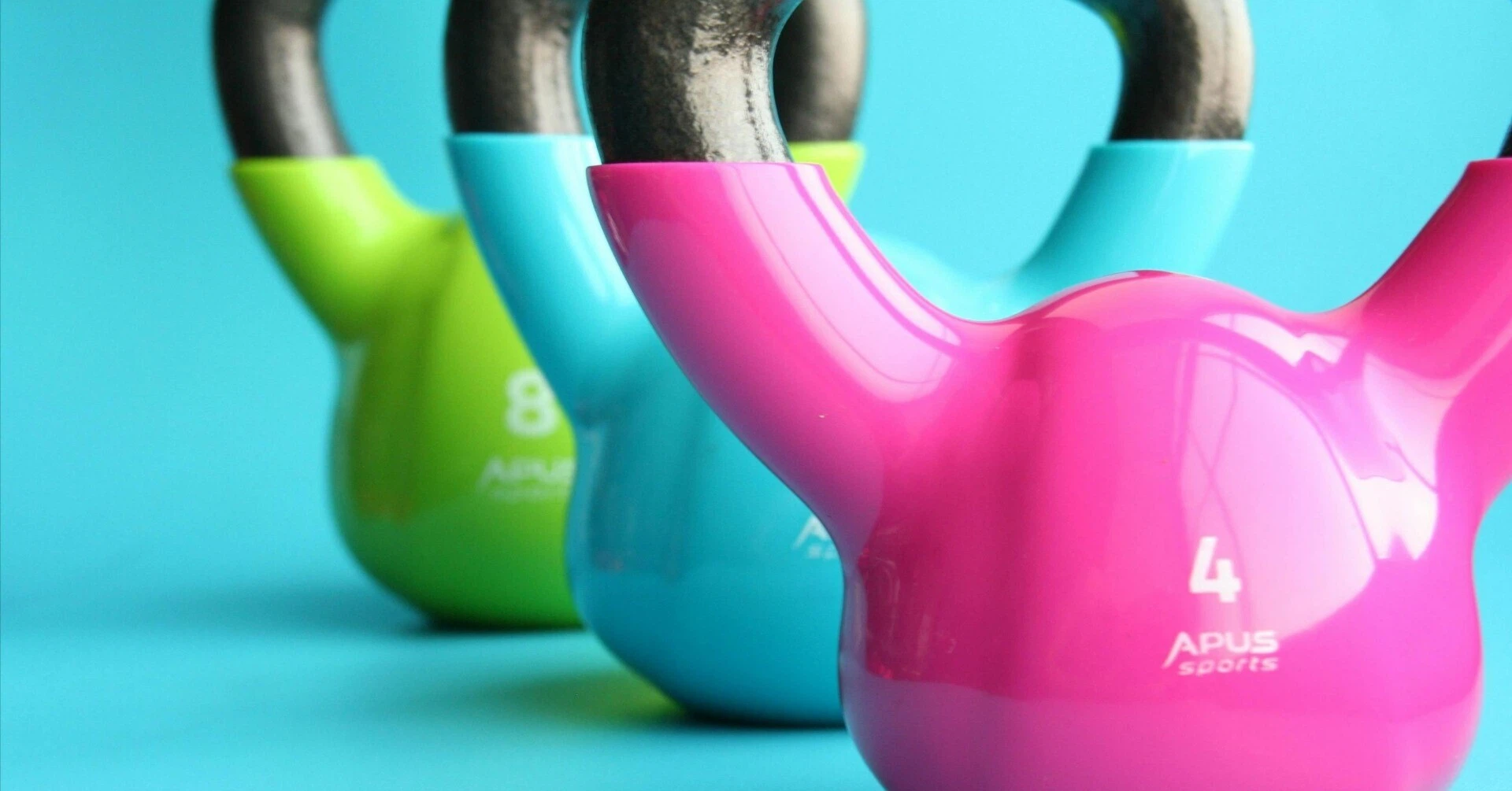Seeds of Marketing 35: Price and Assortment (1) Why Are Size Options Different?
【香港図鑑35】ワイルドな引越し──スピード vs. 安全、どちらを取る?
【香港図鑑26】安心開鎖🔑
【香港図鑑24】日本と香港、白飯のポジショニングの違い
【香港図鑑15】 日本製造?
日本薬品の評判と香港市場への挑戦
日本製の薬品はその品質と安全性の高さで、海外市場、特に香港で広く信頼を得ています。香港の薬局やドラッグストアを訪れると、「MADE IN JAPAN」と書かれた製品が棚にずらりと並んでいます。ビタミンサプリ、風邪薬、スキンケア商品など、多様な日本製品が消費者の目を引いている様子は、日本の中小企業が香港市場で一定の評価を得ている証と言えるでしょう。
マーケの種(15) ブランディングをどうしかしたい!
■「ブランディング!」「ブランディング!」「ブランディング!」
「ブランディングをどうにかしたい」と言う企業は多いですが、その具体的な方向が曖昧なまま進んでいませんか?ブランドの価値をじっくり時間をかけて伝えたいのか、それとも派手な広告で注目を集めたいのか。この2つは全く異なるアプローチです。さらに、どのプラットフォームで展開するかも重要で、これらが社内で共有されていないと、方向性がバラバラになりがちです。 Continue reading “マーケの種(15) ブランディングをどうしかしたい!”
Seeds of Marketing (15): What Can We Do About Branding?
■ “Branding!” “Branding!” “Branding!”
Many companies say, “We want to do something about our branding,” but aren’t they moving forward without a clear direction? Do you want to take the time to convey the value of your brand slowly and carefully, or do you want to grab attention with flashy advertisements? These are two entirely different approaches. Moreover, deciding which platform to use is crucial, and if these goals are not shared internally, the direction often becomes fragmented. Continue reading “Seeds of Marketing (15): What Can We Do About Branding?”
香港図鑑(13)【香港的士】
有料タクシー表彰制度2024!香港のタクシー運転手さんは、優しい方も多いですが、どこかツンデレな一面も感じることがあります。目的地を告げると、ちょっとした苛立ちが表情に出たり、急いでいるのか荒っぽい運転になることも。しかし、そんな中にも香港らしい個性が垣間見えます。たとえば、道中で香港のおすすめスポットを教えてくれたり、地元の文化について気さくに話してくれる運転手さんに出会うと、思わず心が温まることもあります。 Continue reading “香港図鑑(13)【香港的士】”
マーケの種 (13) 「勝ちパターンを探る」
試行錯誤で生まれる究極のチラシ:chocoZAPの戦略
chocoZAPは、マーケティングにおける「試行錯誤」の真髄を体現しています。同社の広告戦略の核となるのが、チラシ制作における徹底したテストの繰り返しです。デザイン、サイズ、主題、特集内容、写真、情報の見せ方といった、あらゆる要素を細かく調整しながら何千種類ものパターンを試作。それぞれのチラシの反応をデータとして収集・分析し、効果を測定します。この「試して試して試しまくる」姿勢が、最終的にターゲットに最も響く「究極の勝ちバージョン」を生み出すのです。 Continue reading “マーケの種 (13) 「勝ちパターンを探る」”









